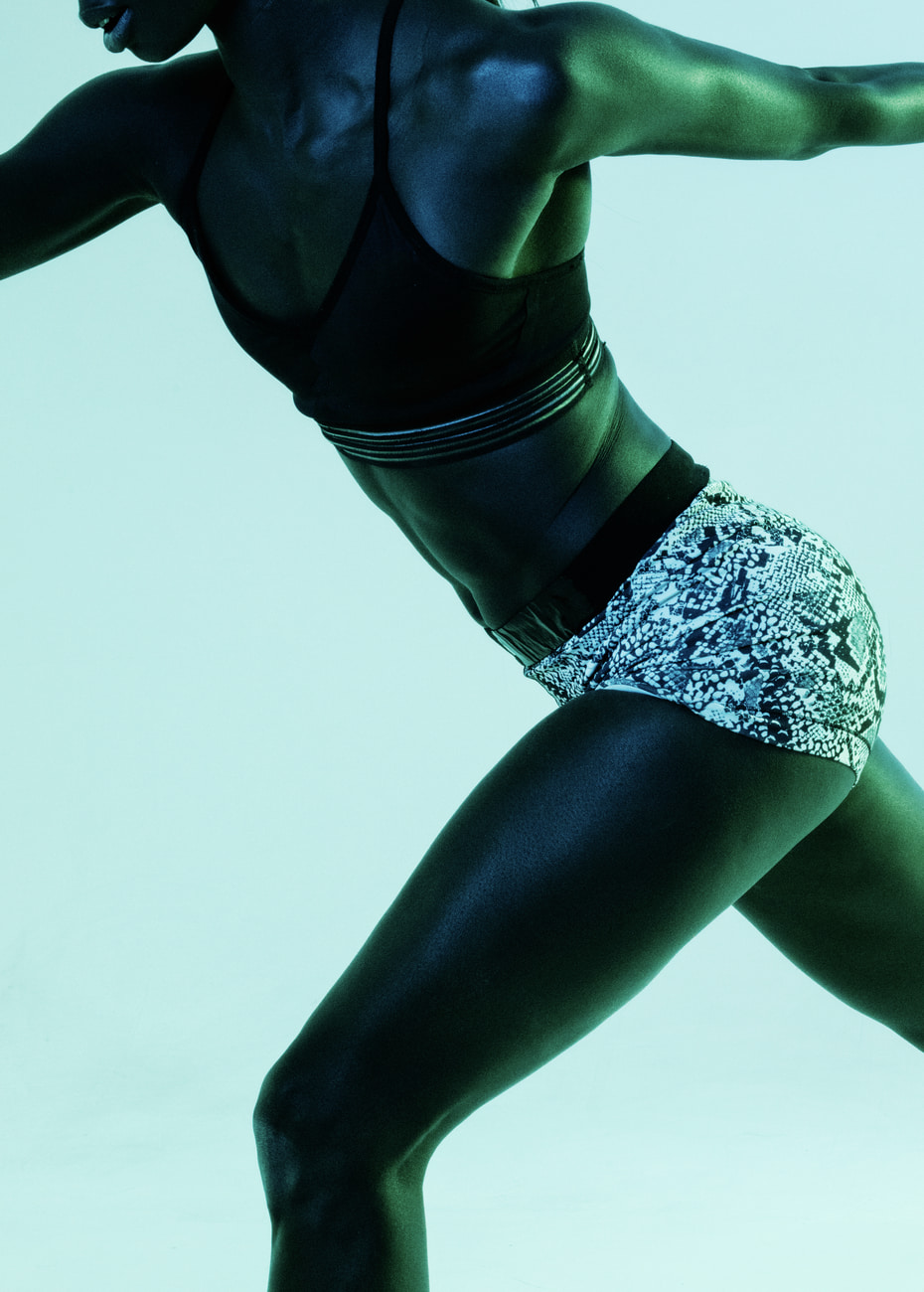After more than two years of a global pandemic, it’s become clear that investing in our health is one of the most important investments we can make: “When we realized that even the healthiest among us were susceptible to COVID-19, this created an urgency to spend money on our physical wellness,” says financial expert Tori Dunlap, founder of the financial education company Her First $100K and the host of the business podcast, Financial Feminist. It makes perfect sense: When everything feels uncertain, forking over hard-earned cash for supplements, fitness gear, or organic beauty products may feel like one of the only things we can do to ensure a safer, healthier future. And that gives us a sense of control.
The Value of Wellness
In a 2021 McKinsey and Company survey of 7,500 consumers in six countries, 79 percent of subjects deemed wellness important and 42 percent went so far as to crown it top priority. And yet? The same survey found a startling disconnect between how well people feel and how much they value wellness: In the U.S., nearly 58 percent of consumers polled reported their personal wellness levels stagnating (36.5%) or declining (21.4%) while just 10 percent said wellness has become less important.
It just so happens that the entire wellness industry exists to bridge this gap between people’s status quo and their oft-lofty values and goals. Enter supplements to feel better, home gym equipment to build strength, food subscription services to eat healthier, sleep tracking devices to rest easier, and meditation apps to breathe deeper.
Putting Our Money Where Our Health Is
While all of these wellness offerings come with the promise of physical, mental, or general self-improvement, they definitely come at a cost. And thanks to ongoing innovation, there’s no end in sight: “Even now as we navigate the ‘post-pandemic’ landscape, this personal and financial focus on wellness has continued to increase,” says Dunlap.
Here’s some proof: In 2020, market research valued the world wellness economy at $4.4 trillion, and it’s forecast to reach $7 trillion by 2025.
And already, some estimates suggest as much as $1 of every $20 spent by consumers worldwide goes toward wellness, according to recent data from The Global Wellness Institute.
One way to make the most out of your wellness spending: Apply for the Paceline Card, which offers up to 5% cash back1 on Health & Wellness purchases, like groceries, gear, and your gym membership. And with the Paceline app, you can get paid to get healthy.
How Much You Should Spend on Wellness
So, your wellness is a priority and you’re ready to invest in it. In order to allocate funds appropriately, Dunlap recommends outlining a detailed budget that aligns to your income and values. After all, a budget is just that—personal.
To ground yourself while budget-building—Dunlap’s got a tool for that—start with your monthly take-home pay. Next, deduct the cost of necessities such as your rent or mortgage, utilities, and groceries (The Paceline Card gives you 5% cash back1 for those groceries!), plus contributions to retirement and rainy-day savings accounts. The latter should have enough to cover unexpected health care bills and related expenses.
Assuming you’ve got money left to play with, earmark the remaining funds for your “value buckets,” or two or three spending categories such as restaurant meals, travel, fitness classes, meal subscription kits, or skincare products. Next, set money aside for each category every month. While you probably shouldn’t dump every last dollar of your paycheck into your workout wardrobe bucket if you’re saving up for a car, proactively setting money aside for all of the things you’d like to own and experience can enable you to splurge as desired, even it if means letting funds accumulate over the course of a couple months.
Beginning with a budget that’s realistic without feeling restrictive eliminates the need to ponder purchases in the moment: As long as it fits into your designated bucket, you can rest assured it’s a smart—and affordable—use of capital, Dunlap says.
After all, budgets don’t just exist to help you pay off college loans and prepare for your future. They also help you spend with intention so you can live a life that leaves you feeling fulfilled. “There is room for everything in a good budget, but it needs to be realistic and appropriate for your income, debt, financial goals, and lifestyle,” she says.
The Bottom Line
At the end of the day, spending money on things that make you feel good will contribute to your overall wellness, regardless of spending trends. And as we all know, now: You really can’t put a price on wellness.


